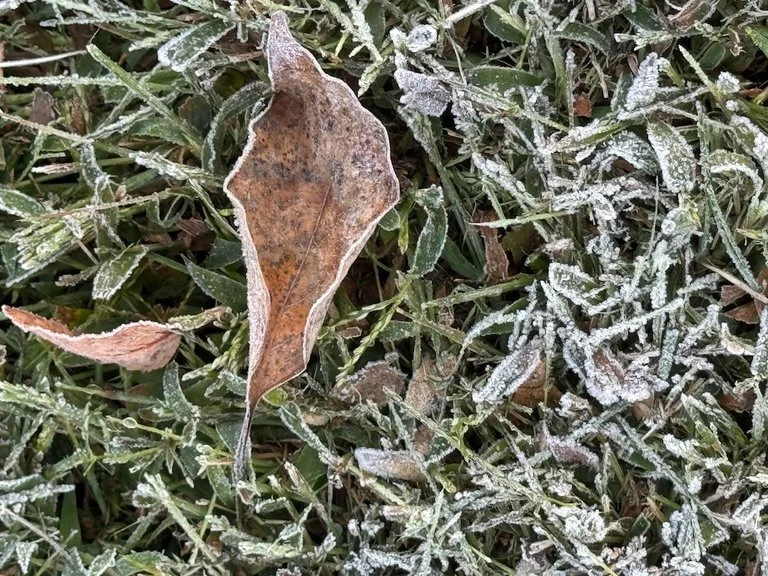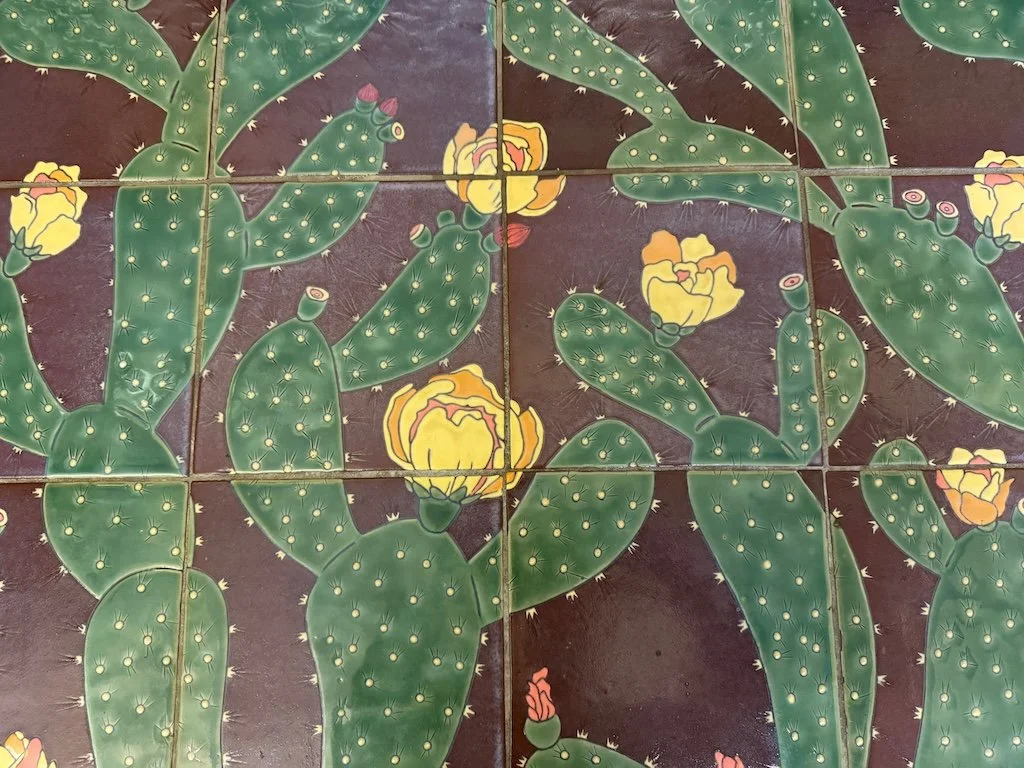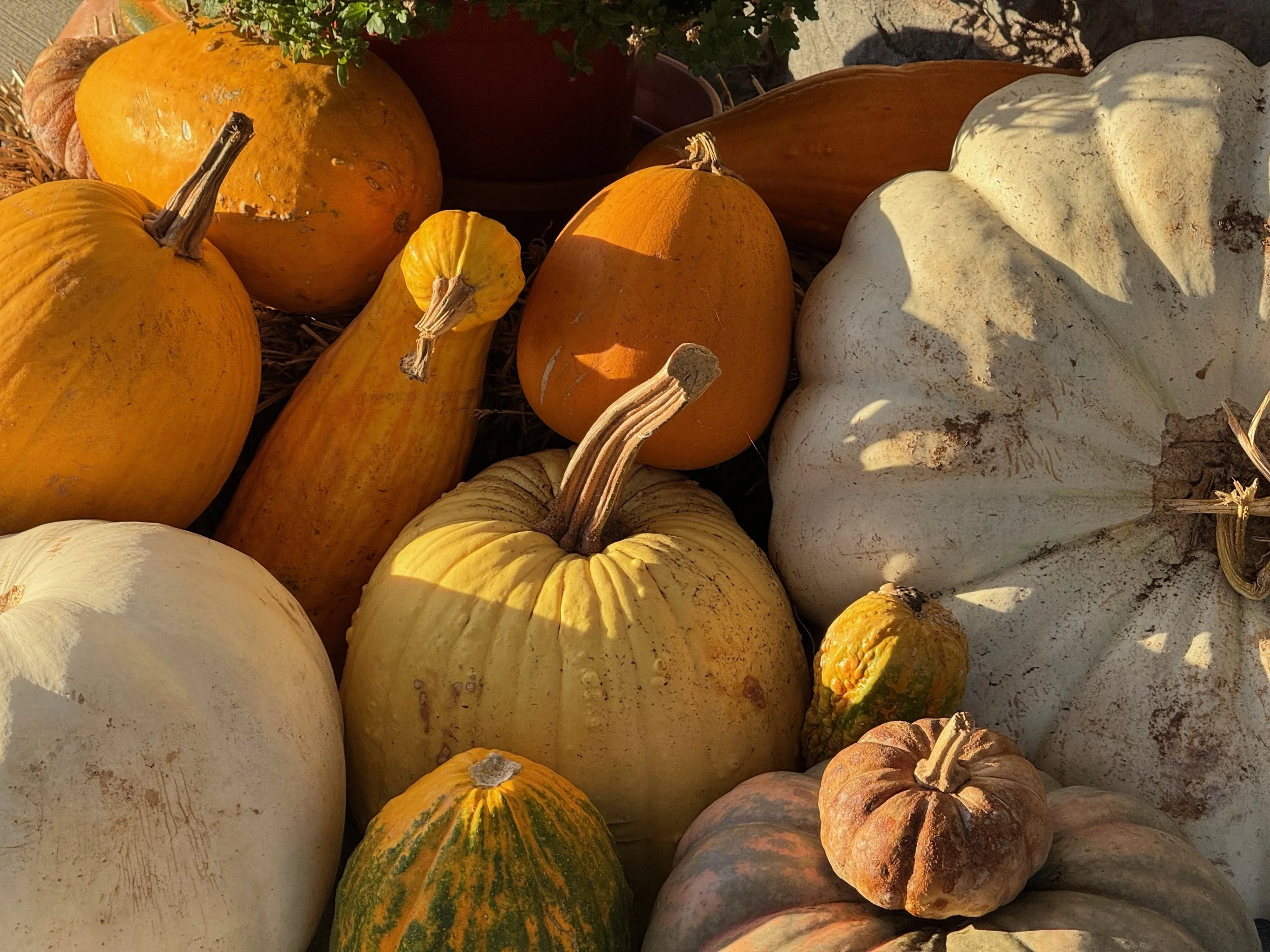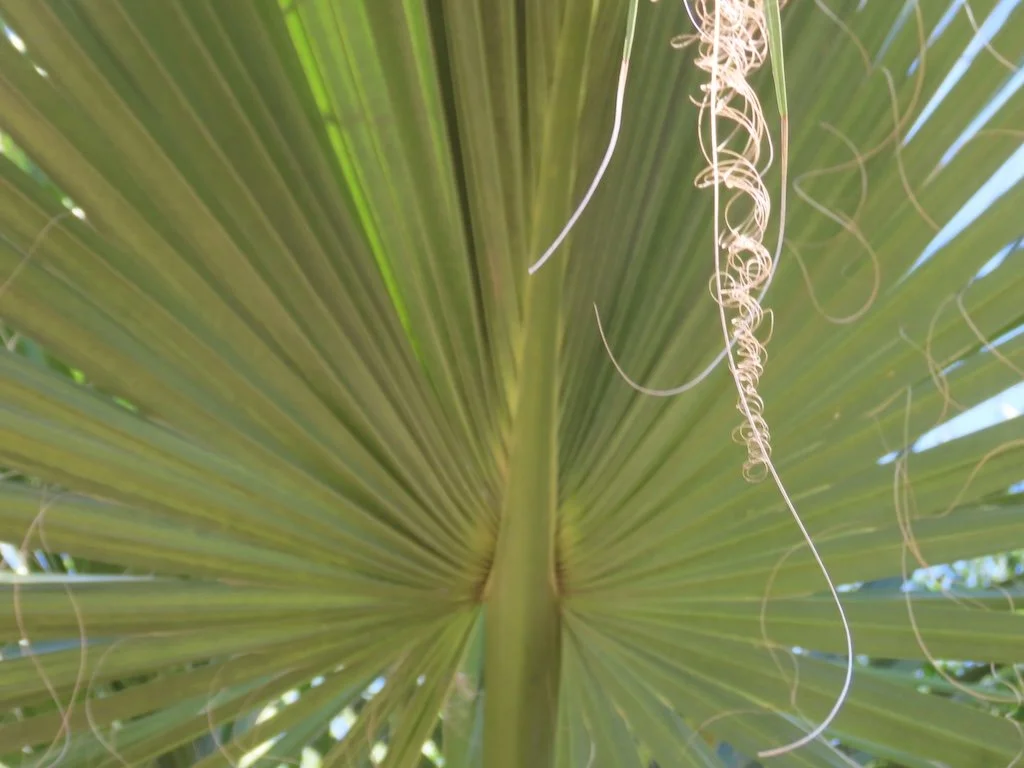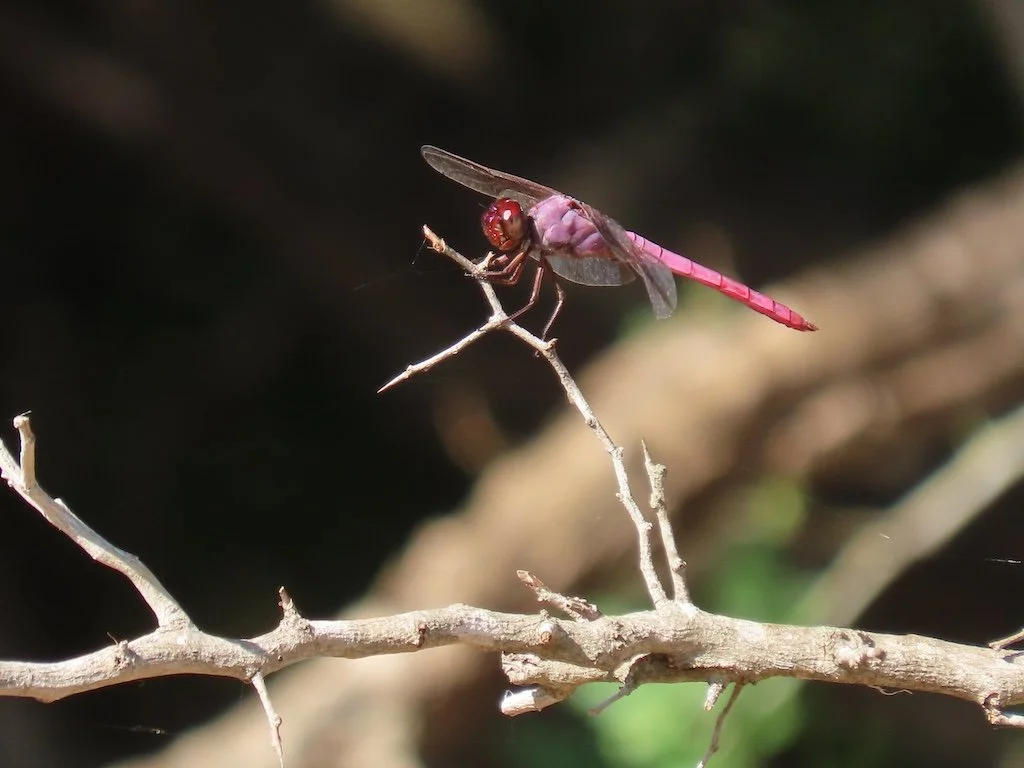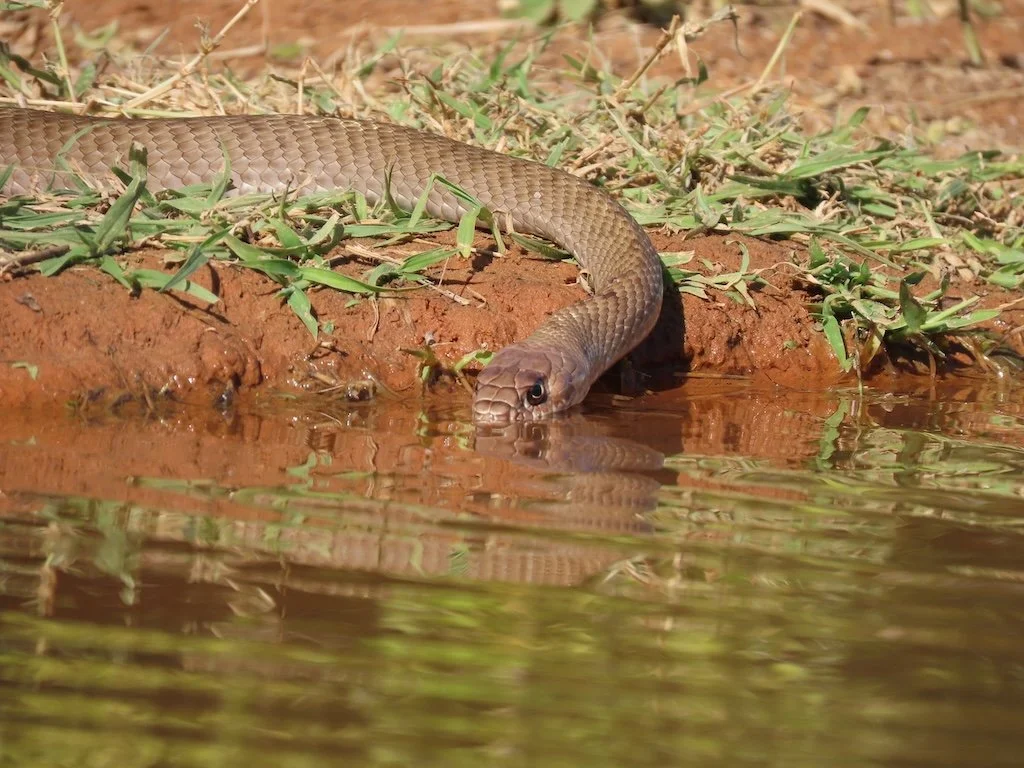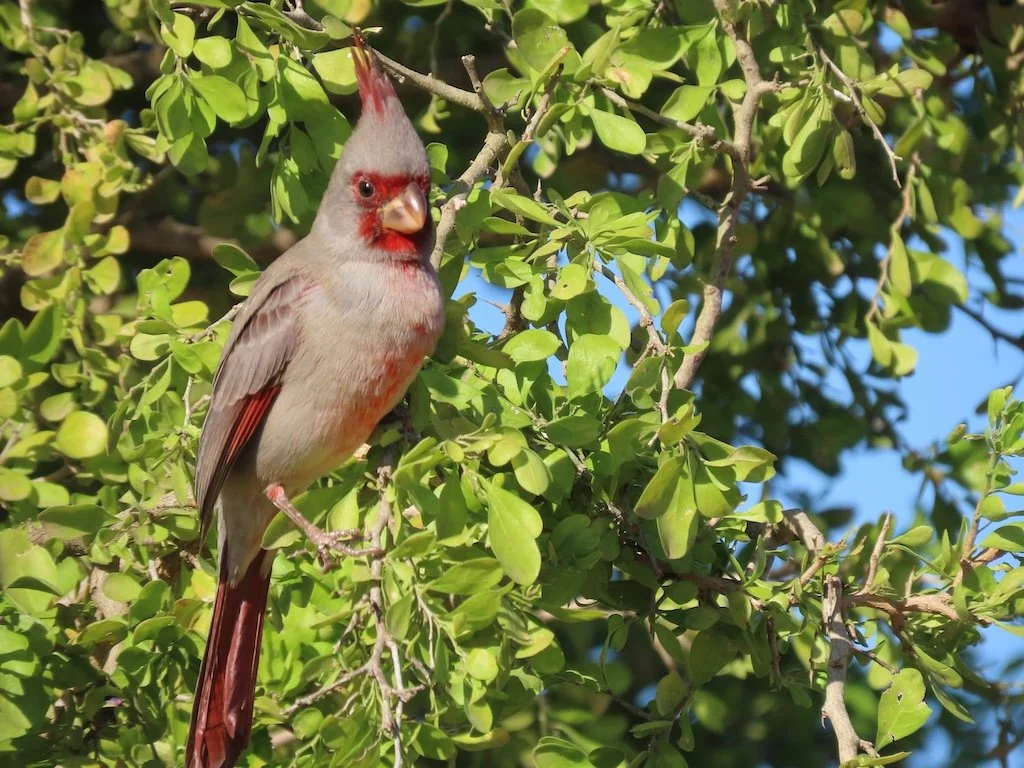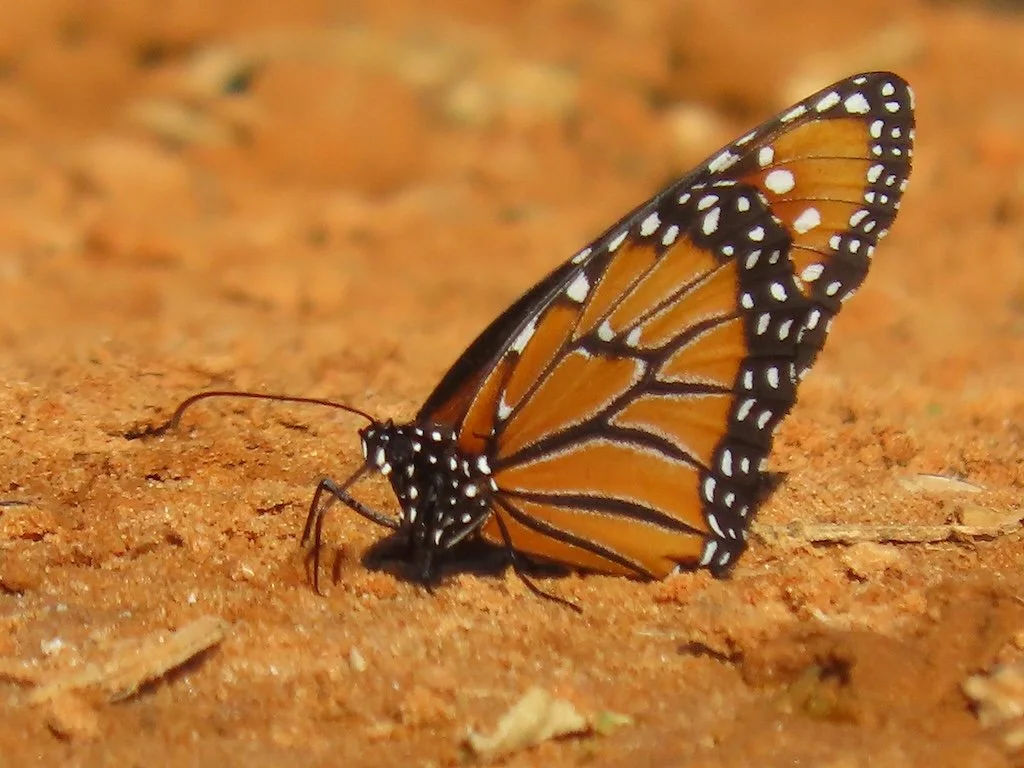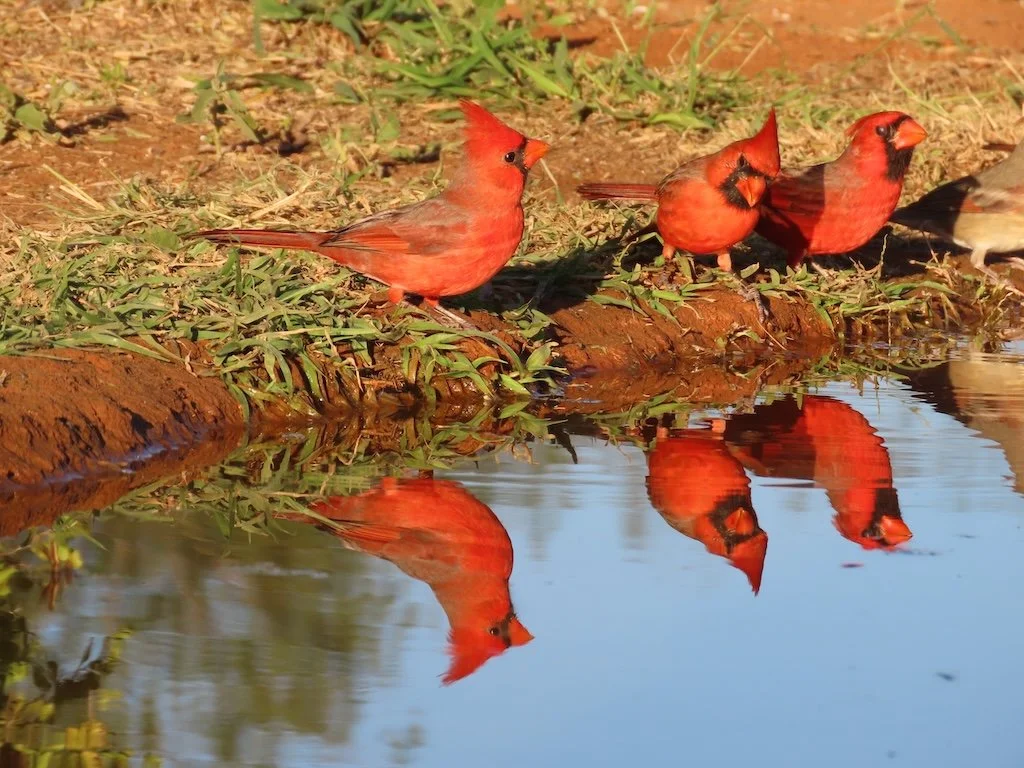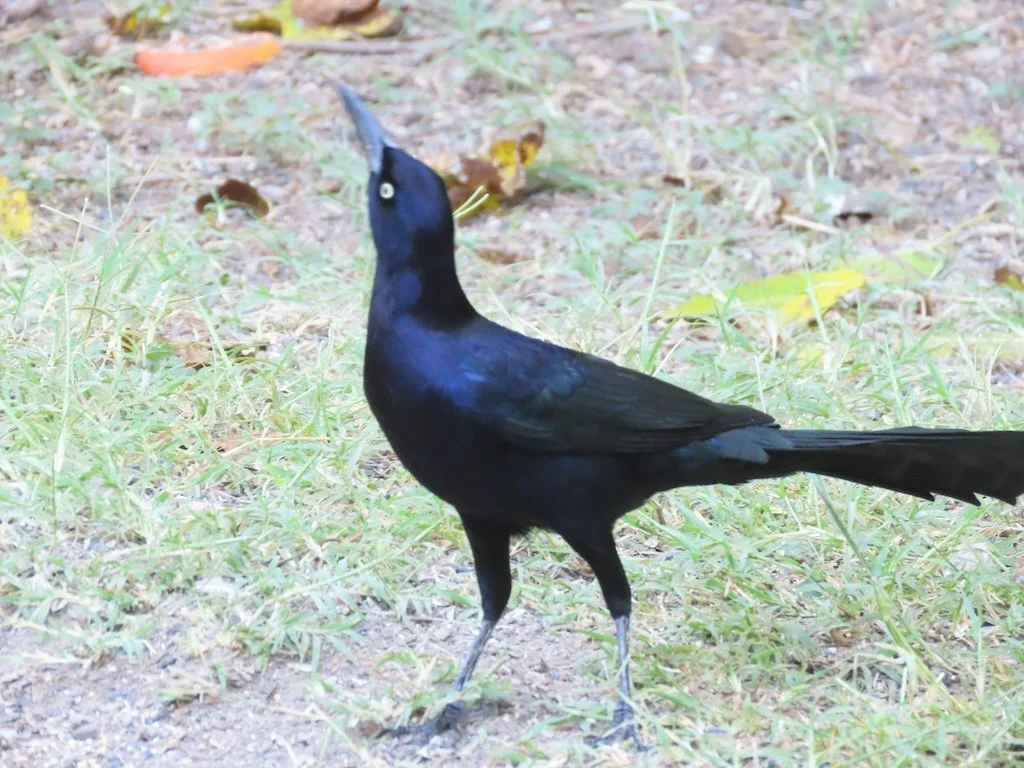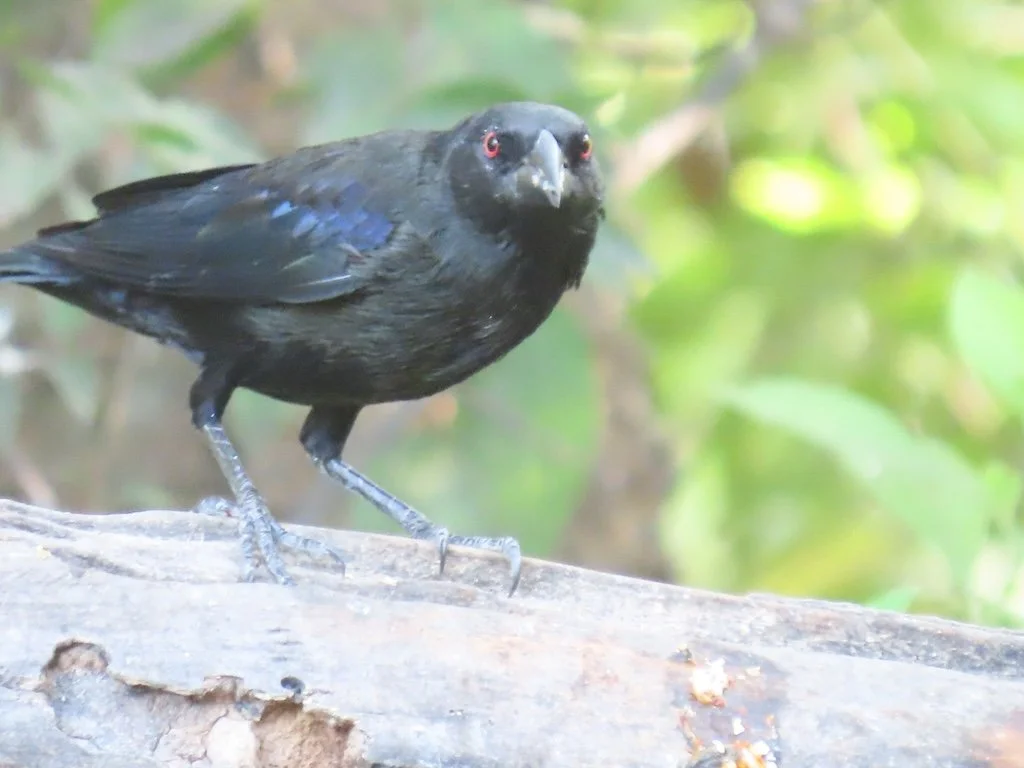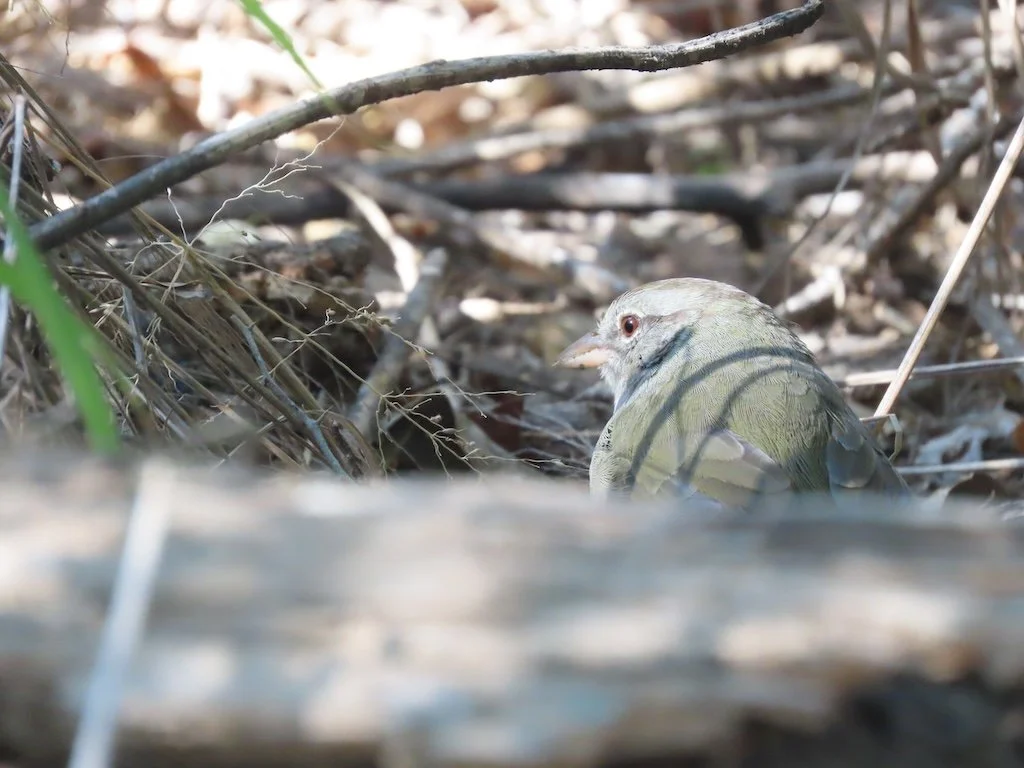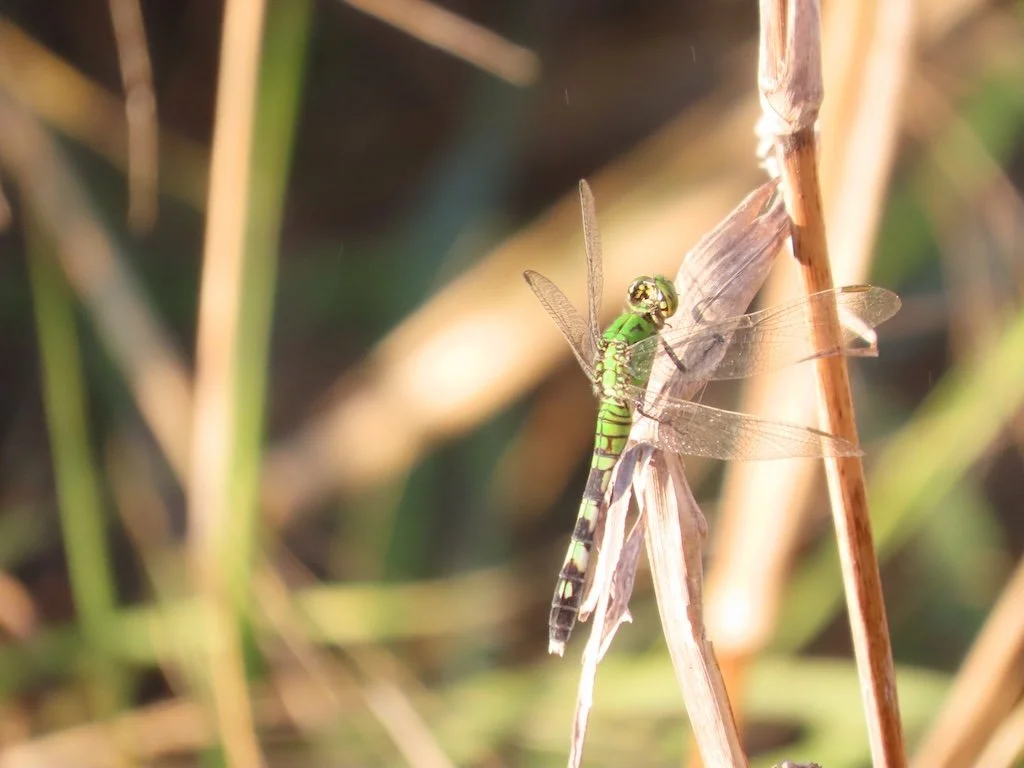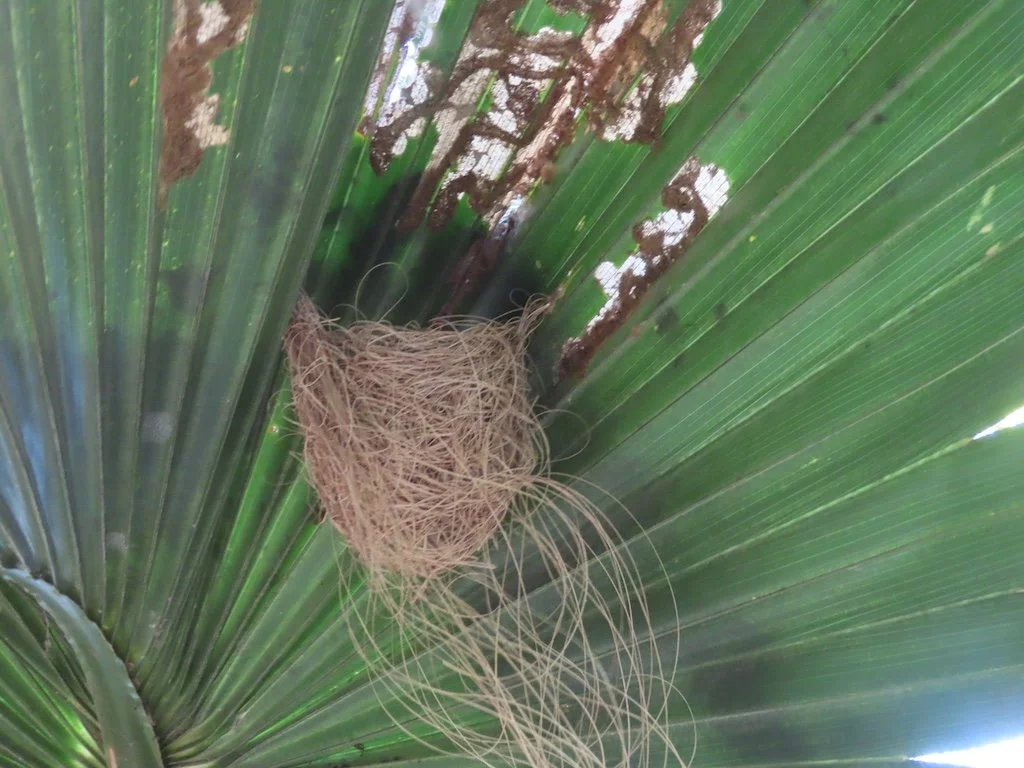Gleanings of the Week Ending May 10, 2025
/The items below were ‘the cream’ of the articles and websites I found this past week. Click on the light green text to look at the article.
Bees, fish and plants show how climate change’s accelerating pace is disrupting nature in 2 key ways – Moving to higher latitudes/altitudes and emerging earlier to avoid phenological mismatch. Will it be enough for their survival?
Adventurous Bird Crashing into a Waterfall Wins Nature Photography Contest – From members of the German Society for Nature Photography….beautiful images of the natural world.
'We planted trees among the rubble': The dark WW2 history written into Germany's parks – Finding saplings in the gardens of Dresden’s ruined buildings and houses after World War II…and transplanting them along the city streets. Today, some of those rubble-sourced street trees still stand.
William Morris: new exhibition reveals how Britain’s greatest designer went viral - How did this Victorian designer and socialist, known for championing craftsmanship and preferring substance over style, become an icon of consumer culture? Morris began spreading thanks to the commissions he received from aristocratic and royal clients. The earliest Morris merchandise was printed for a centenary exhibition at the V&A Museum in 1934. One of its patterned postcards appears in a display case, the souvenir of Morris’s own daughter, May, whose handwriting is on the back. In 1966, Morris’s designs went out of copyright, marking a watershed. Pop Victoriana and Laura Ashley floral dresses depended on it for their reproductive freedoms.
See the Flower Paintings of Rachel Ruysch, Whose Stunning Still Lifes Are Finally Getting the Attention They Deserve - No Dutch flower painter was more renowned in her time than Rachel Ruysch, whose exquisite still lifes sold for even more than masterpieces by contemporaries like Rembrandt. Born in the Hague in 1664, Ruysch was the eldest daughter of Frederik Ruysch, a prominent botanist and anatomist. The Toledo Museum of Art has an exhibit of her work running from April 12 to July 27.
Saltpetre, Tuberculosis, Eminent Domain, Cave Wars, And the CCC – Some history of Mammoth Cave National Park.
In US, saving money is top reason to embrace solar power - Financial benefits, such as saving on utility payments and avoiding electricity rate hikes, are a key driver of U.S. adults' willingness to consider installing rooftop solar panels or subscribing to community solar power.
Stirrings at Mount Spurr - Mount Spurr lies on the northeastern side of the Aleutian Arc, which makes up a significant portion of the Ring of Fire. The 11,070-foot (3,374-meter) peak is located within the Tordrillo Mountains, west of Cook Inlet, and is bordered on the south by the Chakachatna River valley and the river’s headwaters, Ch’akajabena Lake. In 2025 gas emissions, earthquakes, and ground deformation in March suggested that an eruption was likely. Several of these indicators lowered slightly in April, reducing the relative likelihood of an eruption.
What Caused the Downfall of Roman Britain? - A team from the University of Cambridge has studied oak-tree rings and found that there were periods of extreme drought in the summers of A.D. 364, 365, and 366. They suggest that these extremely dry conditions affected the Romans’ main crops, spring-sown wheat and barley, and set the stage for the rebellions.
Deadly rodent-borne hantavirus is an emerging disease with pandemic potential – The new study found 6 new rodent species of hantavirus hosts…some with have higher prevalence of the virus than deer mice (the host known previously). The number of human cases is largely unknown because many infections may be asymptomatic, or the symptoms are mild/mirror other diseases. Climate change can cause population changes in rodents…so there is potential change in the risk hantavirus poses.

